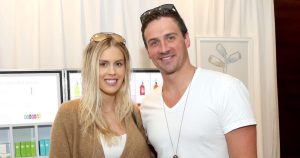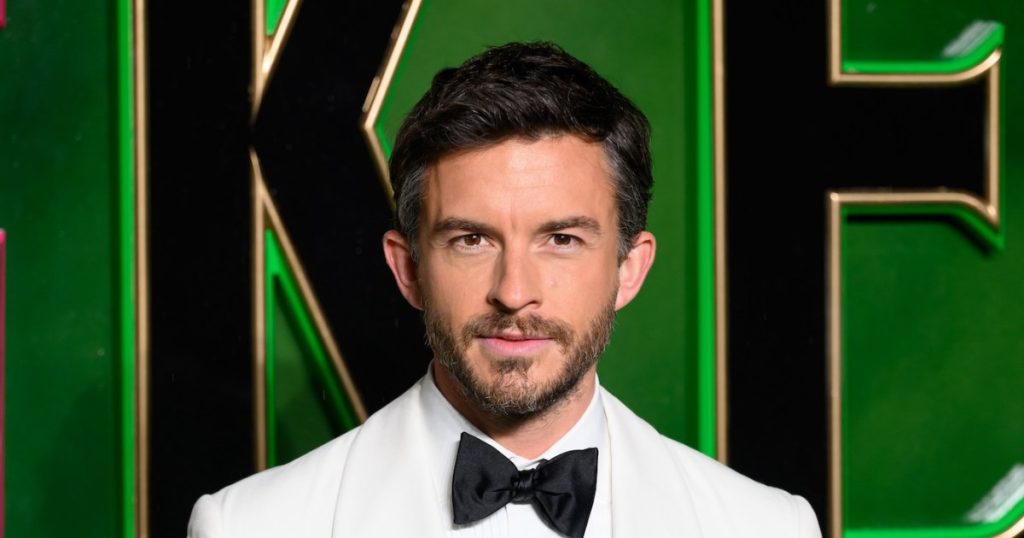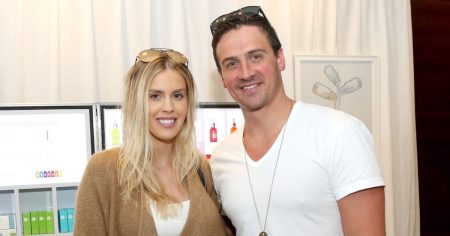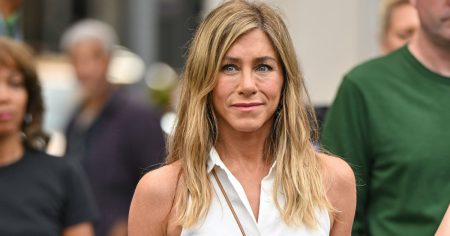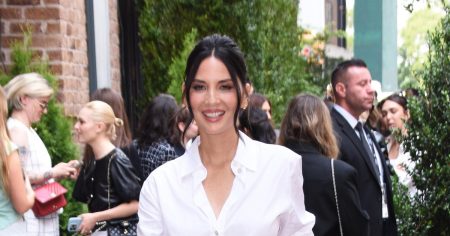Jonathan Bailey’s journey of self-discovery and acceptance of his sexuality is a nuanced narrative that unfolds over time, marked by both external pressures and internal realizations. From a young age, Bailey sensed an awareness of his sexuality from others, even before he fully grasped it himself. He recounts an incident where a teacher made a derogatory comment about his perceived sexual orientation in front of the entire class, highlighting the casual homophobia that can permeate educational environments and leave lasting impressions on young individuals. This experience, though hurtful, was just one piece of a larger puzzle that Bailey was gradually piecing together. While he explored his feelings and questioned his identity amongst friends, societal expectations and the concept of a strict sexual binary influenced his early romantic experiences. He dated a woman for two years in his early twenties, an experience he clarifies was not lived “in the shadows” but rather a genuine connection that continues as a valued friendship. This period illustrates the complexities of self-discovery and the fluidity of attraction, challenging the simplistic notion that individuals neatly fit into predefined categories.
Bailey’s path to embracing his authentic self was further complicated by the anxieties surrounding his career in acting. He acknowledges the prevailing fear within the industry that openly acknowledging one’s sexuality could hinder professional opportunities. This fear, reinforced by anecdotes of actors being advised to conceal their sexual orientation, created a challenging dilemma for Bailey. He initially wrestled with the idea that professional success might necessitate suppressing a fundamental aspect of his identity, a conflict many LGBTQ+ individuals in the public eye face. This internal struggle emphasizes the systemic pressures that can force individuals to choose between their career aspirations and living openly and honestly. The weight of this dilemma underscores the need for greater inclusivity and acceptance within the entertainment industry to create a space where actors can be their authentic selves without fear of repercussions.
The pivotal moment in Bailey’s journey arrived when he realized the immense personal cost of hiding his true self. The burden of concealing his sexuality began to outweigh the potential professional risks. This realization marked a turning point where he prioritized his own happiness and well-being over the perceived expectations of the industry. He recognized the profound importance of living authentically, choosing to openly hold his boyfriend’s hand in public and express himself freely on dating apps, rather than remaining in the shadows. This act of defiance represents a powerful assertion of self-acceptance and a rejection of the societal pressures that had previously held him back. Bailey’s decision to prioritize his truth signifies a broader shift towards greater visibility and acceptance of LGBTQ+ individuals within society.
Bailey’s newfound confidence in expressing his sexuality publicly is not without its challenges. He recounts an instance of being heckled while holding hands with a boyfriend in London. However, he emphasizes that these negative experiences are now overshadowed by the positive affirmations he receives. The smiles and acceptance he encounters demonstrate the growing acceptance of LGBTQ+ relationships and provide encouragement for continued visibility. While acknowledging the persistent presence of homophobia, Bailey’s focus on the positive interactions highlights the progress being made and the increasing support for LGBTQ+ individuals. This shift in societal attitudes underscores the importance of continued advocacy and visibility to further normalize LGBTQ+ relationships and create a more inclusive environment for everyone.
While comfortable with public displays of affection, Bailey maintains a boundary regarding the details of his current relationship status, emphasizing the importance of privacy in his personal life. He acknowledges the public interest in his relationships but firmly asserts his right to maintain a certain level of privacy. This desire for privacy stems from his belief that it allows him to be more confident and outspoken on other issues, suggesting that safeguarding his personal life empowers him to engage more freely in public discourse. His stance reflects a growing trend among public figures who seek to balance their public persona with the need for personal boundaries. This desire for privacy highlights the challenges of navigating public life in an age of intense media scrutiny and emphasizes the importance of respecting individual boundaries.
Looking towards the future, Bailey expresses his desire to become a parent, sharing his thoughts on adoption and the possibility of co-parenting with either a man or a woman. While acknowledging that his current busy schedule prevents him from immediately pursuing parenthood, he demonstrates thoughtful consideration of the various options available. His openness to different co-parenting arrangements reflects the evolving understanding of family structures and the increasing acceptance of diverse parenting models. Bailey’s proactive exploration of these options highlights the changing landscape of family planning and the growing recognition of LGBTQ+ individuals’ right to parenthood. His story resonates with many who are navigating the complexities of family planning and seeking to create loving and supportive environments for their future children.
